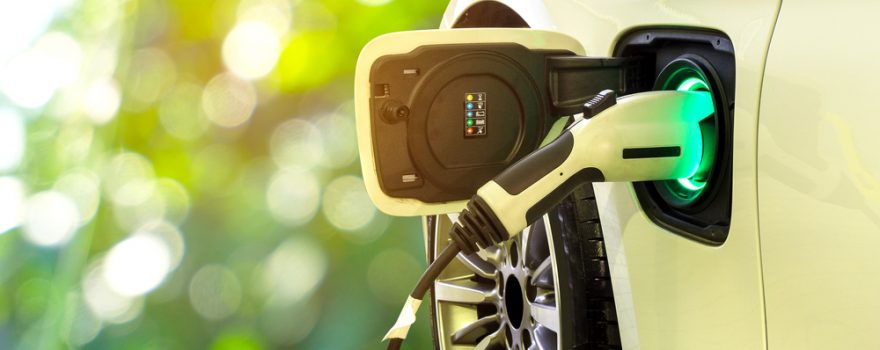
TrendForce reports that global sales of NEVs, including BEVs, PHEVs, and FCVs, are projected to hit 13.03 million units in 2023, marking a 29.8% growth rate. This growth, while substantial, indicates a slowdown compared to the 54.2% surge witnessed in 2022. Among these figures, BEVs stand at 9.11 million units, with a growth rate of 24%, while PHEVs reach 3.91 million units, reflecting a more robust growth rate of 45%.
China retains its position as the largest NEV market, commanding approximately 60% of the global market share. However, this dominance is showing signs of deceleration due to the high base effect. Moreover, limited sales growth in other regions fails to compensate for the sluggishness in the Chinese market. As a result, NEV sales growth is forecasted to ease, with an estimated 16.87 million units sold in 2024, accompanied by a growth rate of 29.5%.
In the realm of BEVs, Tesla maintains its lead in 2023 with a market share of 19.9%, yet BYD is closing the gap with Tesla, trailing by only 248,000 units. This feat is credited to BYD’s consistent performance in China and its expanding international footprint facilitated by the activation of overseas bases. TrendForce anticipates that BYD possesses the potential to mount a serious challenge to Tesla’s dominance in the BEV market this year.
GAC Aion secures the third position for the first time, while SAIC-GM-Wuling and Volkswagen slip to fourth and fifth place respectively. Luxury marques BMW and Mercedes-Benz intensify their efforts in electrification, securing sixth and eighth places respectively. Meanwhile, Hyundai Group maintains its position through sustained sales growth.
BYD and Li Auto emerge as the top two players in the PHEV market. Li Auto, in particular, witnesses an impressive 182% growth rate in 2023. This surge in market share is fueled by Li Auto’s strategic focus on mid-size and large SUVs, catering to family-oriented consumers. Traditional stalwarts BMW and Mercedes-Benz occupy the third to fifth spots, though facing a decline in Europe due to sluggish PHEV sales.
Jeep experiences a notable 33% surge, climbing to sixth place. Moreover, Chinese brands like Changan, Denza, and Deepal make their debut in the top ten rankings, underscoring the competitive edge of the Chinese market. TrendForce predicts that as Chinese brands ramp up PHEV exports, established automakers will encounter heightened pressure on growth margins.
However, as China’s domestic growth trajectory tapers off, automakers are increasingly establishing overseas bases to sustain momentum. While Chinese brands boast advantages in vehicle diversity, pricing, and smart features, challenges such as reliance on a single production site loom large. Nevertheless, once these obstacles are surmounted, rapid market expansion is anticipated. Yet, the potential escalation of trade barriers may impede the global proliferation of Chinese NEVs.
In the United States, a ban on Chinese-made battery components effective from 2024 onward threatens the eligibility of many EV models for subsidies. While counterparts like GM extend federal tax credits amounting to $7,500, disruptions in the Chinese supply chain hinder efforts to drive down EV prices, posing additional challenges for the industry.
Source https://www.trendforce.com/presscenter/news/20240220-12030.html

 Get in Touch
Get in Touch 


